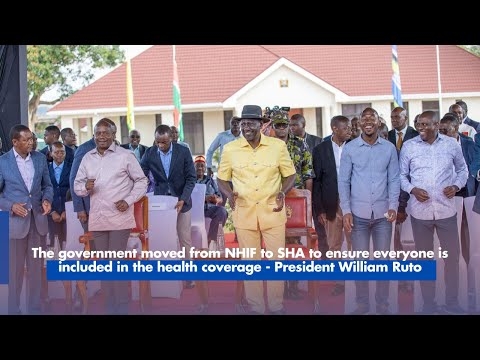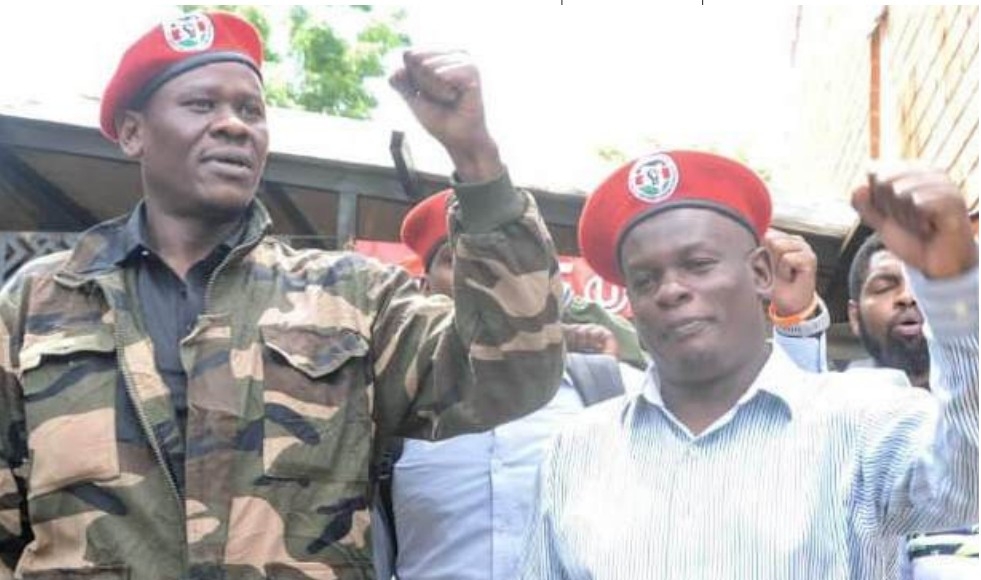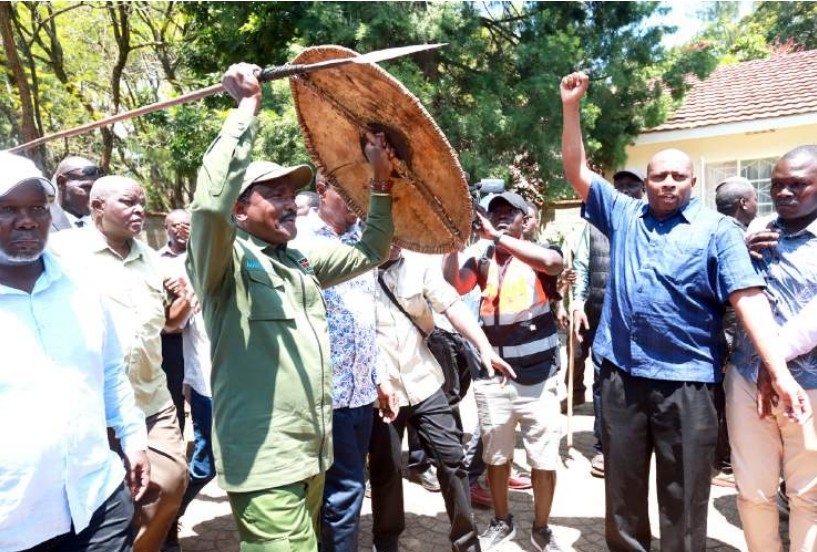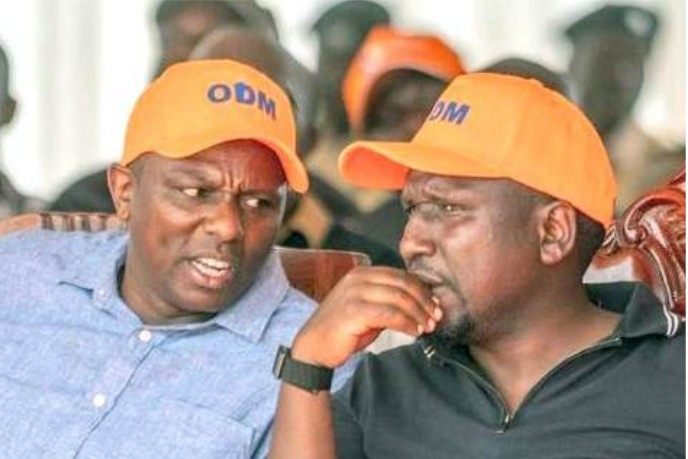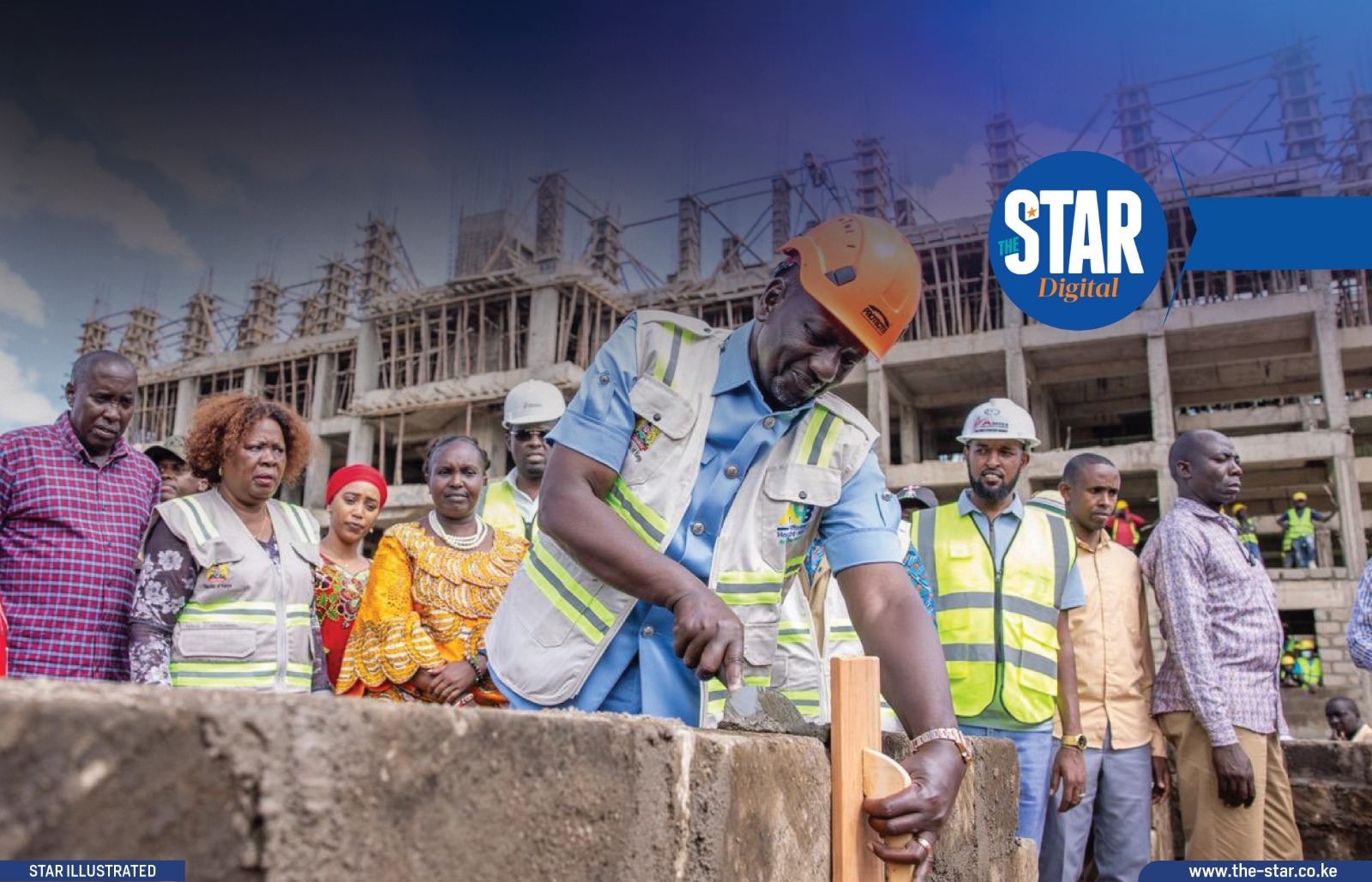More than 3,000 people are set to be affected by the proposed Bus Rapid Transport Line 3, Nairobi Metropolitan Area Transport Authority has said.
Line 3 is part of the five corridors, which starts from Kenyatta Hospital and ends in Dandora.
The 12.4km line passes through Haile Selassie Avenue, the CBD along Racecourse Road to Ring road Ngara and Juja road.
National Environment Management Authority asked the public to submit comments on an environmental and social impact assessment report for the proposed project.
Nema director-general Mamo Mamo said members of the public have 30 days to submit their comments.
This is pursuant to regulations 21 of Environmental Management and Co-ordination (Impact Assessment and Audit) Regulations 2005.
BRT Line 3 project comprises 10 main components: bus running ways, bus stations, bus depot, station access supporting infrastructure, including pedestrian bridges, fare collection and validation systems.
On Friday, Nairobi Metropolitan Area Transport Authority (NaMaTA) CEO Francis Gitau said the resettlements action plan showed that more 3,000 will be affected but at different levels.
“There are those once who are directly affected like for example you have a title and a jurisdiction of a property on a business," he said.
"There are others by virtue of their trading and relationship in the neighbourhood of that corridor and their livelihoods are attached to that corridor.”
Namata was established by President Uhuru Kenyatta on February 9, 2017. It covers Nairobi, Kiambu, Kajiado, Machakos, and Murang’a counties.
The authority is mandated to establish an integrated, efficient, effective, and sustainable public transport system.
Traffic snarl-ups in the Nairobi metropolis are estimated to cost the country Sh2 billion annually.
Already, five corridors have been identified by authorities to decongest Nairobi roads.
Line one is to run from James Gichuru Road-Waiyaki Way to JKIA, a distance of 20km.
The 31-km line two will run from Lang’ata Road to Ngong Road, Juja Road, Komarock Road to Ruiru with major stops at Dandora, Kariobangi, and Gikomba Market.
Line three will run from Githurai through Thika Road to Moi Avenue in the CBD, terminating at Kenyatta National Hospital.
Gitau said there are those who will be displaced during the construction but can also be brought back after the project.
The Namata boss said a resettlement scope framework is set to be done after the public has submitted their comments.
“We have a resettlement action plan on social safeguards in terms of ensuring that the people who are affected are treated in a manner that is fair and the project,” he said.
Gitau said Namata, with other stakeholders, will be having a few sessions on the ground with the people affected on April 4.
During the session, local leaders and local administration will attend.
Gitau further said the affected groups have been mapped and they are known.
“The project is for the people and not against the people. This project is supposed to cost 300 million Euros from Dandora all the way to Kenyatta National Hospital,” he said.
Gitau said they to have a big depot at Dandora on the junction between Juja Road and Outer Ring road.
He said there will be an intersection that can bring interoperability between line three which is the one on Juja road and line five which is Outer Ring Road.
Gitau said the project should be contracted by June 2023.
“The Dandora line is being funded jointly between the Kenyan government and the European Investment Bank. We also have an EU grant of about 45 million Euros and we will have the French development bank,” he said.
Gitau said the detailed designs for the Dandora project were completed on March 6.
“It has been shared with more than 10 agencies and we will be signing off that design by the end of this month.”
Gitau said the move will be followed by the procuring of a project implementation consultant who will act as the project manager arm of Namata.
“The project manager will be an independent engineer who will package the resource plan. The plan entails what will happen at what time, which acts to be undertaken before the next one and how resettlement action plan will be implemented," he said.
Gitau further said the BRT project is likely to move faster than that of Dar es Salam where the road construction started in 2003 while the operation started in 2016.
On the progress made so far in Thika Super Highway, Gitau said the tenders for the piloting of the project are on course.
Gitau said the government will in the near future do procurement for buses for the feeder corridors.
“We had almost 120 routes that had been studied that were feeding to Thika Road. Around these routes, we may have different standards of vehicles," he said.
He said the tender for piloting is 100 buses while the whole project will need as many as 300 buses.
“But for the framework contract you know you are not just getting all the buses, there is a delivery schedule that is aligned to testing, piloting and operations," he said.
"When you are commencing this operation, the testing phase is very critical.
"This is because it goes to the training and transition efforts that come not only as physical training but also mindset transformation, operational dynamics and quality indices.”
Gitau said the testing phases will involve the appropriateness of the propulsion technology, to see whether they decide electric or diesel, being able to test the suitability of stations already designed.
He said the testing phase can take three to four months while piloting can take six months.
Gitau said the works for demarcating the corridor along the Thika Superhighway has not started because “we do not want to make a corridor when we are not ready”.
“If we know the buses are coming in the next two weeks, demarcation is very quick. If we know that by July the buses are coming, the instructions to start demarcating the corridor can be given looking at 20km per day, and it can be demarcated say in a month.”
Gitau said the construction of stations in Kasarani and Central Railway station is going on as planned, adding that the testing on Thika Road line will start once they are ready.
“But by the time we are doing pilot, all the stations should be completed so that you can disembark along the corridor," he said.
Gitau said the railway lines have also been revamped and the operations are now regular and scheduled.
He said there will be an intermodal relationship between the railway and BRT only work if the two systems are in place.
(edited by Amol Awuor)





